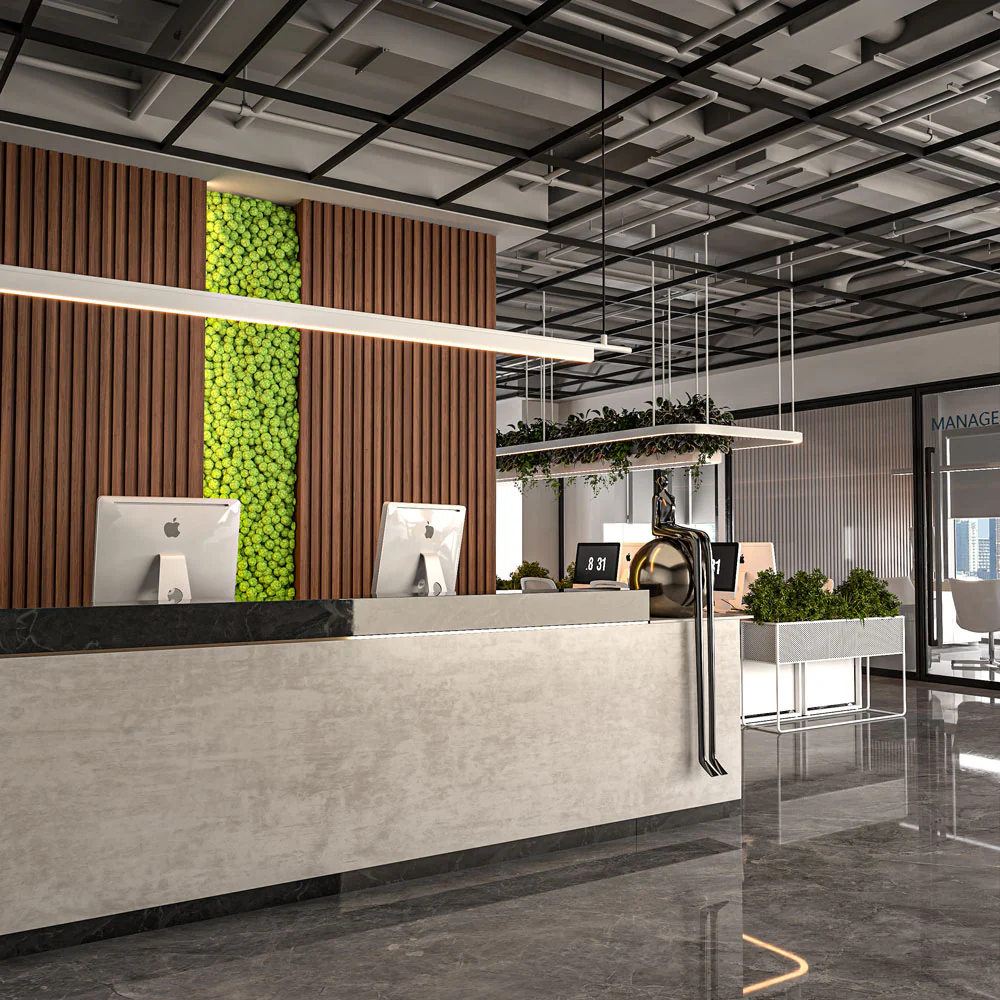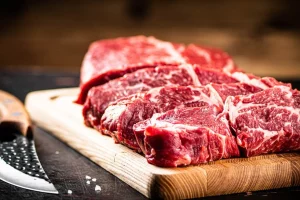Wall Cladding vs. Wall Paneling: Key Differences Explained | Slat Solution

When it comes to enhancing the aesthetics and functionality of interior or exterior walls, two popular options often come up: wall cladding and wall paneling. Both techniques offer unique benefits and styles, but they serve different purposes and come with distinct characteristics. At Slat Solution, we aim to provide a clear understanding of these two concepts so you can make an informed decision for your next project.
What is Wall Cladding?
Wall cladding refers to the application of one material over another to provide a protective or decorative layer. This technique is commonly used on exterior walls but can also be applied indoors. The primary purpose of wall cladding is to shield the structure from harsh weather conditions, improve insulation, and boost the building’s overall durability.
Types of Wall Cladding
- Metal Cladding: Typically aluminum or steel, metal cladding offers durability and a modern aesthetic.
- Stone Cladding: Natural or engineered stone panels provide a timeless, elegant look and excellent protection.
- Wood Cladding: Offers warmth and natural beauty but requires maintenance to protect against weather damage.
- Vinyl Cladding: Low maintenance and cost-effective, vinyl cladding is widely used for residential buildings.
Benefits of Wall Cladding
- Weather Protection: Wall cladding shields walls from rain, wind, and UV rays, extending the lifespan of your building.
- Insulation: Many cladding materials provide additional thermal and sound insulation.
- Aesthetic Appeal: Cladding enhances the visual appeal, allowing for creative architectural designs.
- Durability: It adds a layer of protection against physical damage and environmental wear.
What is Wall Paneling?
Wall paneling involves attaching decorative panels to interior walls, often for aesthetic enhancement or minor insulation purposes. Unlike wall cladding, paneling is primarily used indoors and focuses on visual appeal, texture, and design versatility.
Types of Wall Paneling
- Wood Paneling: Classic and versatile, available in various styles such as beadboard, shiplap, or raised panels.
- PVC Paneling: Easy to clean and moisture-resistant, suitable for kitchens and bathrooms.
- MDF Paneling: Medium-density fiberboard panels that can be painted or finished to mimic wood or other materials.
- Fabric or Upholstered Panels: Adds texture and soundproofing, often used in commercial or entertainment spaces.
Benefits of Wall Paneling
- Aesthetic Variety: Offers countless design options, from traditional to modern.
- Quick Installation: Panels are often easier and faster to install compared to other wall treatments.
- Cost-Effective: Paneling can be a budget-friendly way to refresh a room.
- Insulation and Soundproofing: While not its primary function, paneling can add some degree of thermal and acoustic insulation.
Key Differences Between Wall Cladding and Wall Paneling
Usage Location
Wall cladding is predominantly used for exterior walls to protect buildings from weather elements, whereas wall paneling is primarily an interior design element enhancing the look and feel of indoor spaces.
Purpose and Functionality
The main function of wall cladding is protection and durability, with secondary benefits like insulation and aesthetics. Wall paneling, however, focuses on decoration and style, with added benefits such as minor insulation and soundproofing.
Material Types
Wall cladding materials are usually heavy-duty and weather-resistant, including metal, stone, wood, or vinyl. Wall paneling materials tend to be lighter and more decorative, such as wood veneers, PVC, MDF, or fabric.
Installation Process
Installing wall cladding can be more complex, often requiring professional help due to the weight and weatherproofing requirements. Wall paneling is generally easier to install and can sometimes be a DIY project.
Maintenance Needs
Wall cladding requires regular maintenance to retain its protective properties, especially wood and stone cladding. Wall paneling maintenance varies based on material but is often simpler, involving cleaning or repainting.
Why Choose Wall Cladding for Your Project?
Choosing wall cladding is ideal if your priority is long-term protection combined with a distinctive exterior look. At Slat Solution, we recommend wall cladding for homeowners and businesses seeking to enhance their building’s resilience while adding architectural interest.
Enhanced Durability and Protection
The primary advantage of wall cladding is its ability to protect the structural walls from moisture, temperature extremes, and physical damage, helping to prevent issues like mold, rot, and cracks.
Energy Efficiency
Certain wall cladding systems incorporate insulation layers, helping to improve energy efficiency by reducing heat loss in winter and heat gain in summer.
Design Flexibility
With modern manufacturing techniques, wall cladding comes in a variety of textures, colors, and patterns, allowing architects and designers to create striking façades.
When Wall Paneling is the Better Option
If your focus is on interior décor, style, and relatively simple installation, wall paneling might be the best choice.
Interior Aesthetic Enhancement
Wall paneling provides a quick and effective way to transform interior spaces by adding texture, color, and character to plain walls.
Practical for Indoor Spaces
Paneling can also serve practical functions, such as protecting walls in high-traffic areas or improving room acoustics in theaters, offices, or restaurants.
Cost and Installation Benefits
Compared to wall cladding, paneling is often more affordable and easier to install, making it an attractive option for renovations or quick updates.
How to Decide Between Wall Cladding and Wall Paneling
Consider Your Location and Needs
If you are looking to enhance exterior walls for protection and insulation, wall cladding is the clear choice. For interior design improvements with added texture or minor insulation, wall paneling fits better.
Budget and Maintenance
Wall cladding typically involves a higher initial investment and maintenance costs but offers greater long-term benefits. Wall paneling can be more budget-friendly and lower maintenance, especially indoors.
Style Preferences
Both wall cladding and paneling offer extensive design possibilities, but the choice depends on whether you want to emphasize exterior resilience or interior aesthetics.
Final Thoughts on Wall Cladding vs. Wall Paneling
Understanding the differences between wall cladding and wall paneling is crucial to making the right choice for your property. Wall cladding, with its focus on protection, durability, and insulation, is best suited for exterior applications, especially when wall cladding is a keyword that signifies this protective function. On the other hand, wall paneling excels at transforming interior spaces with style and ease.
At Slat Solution, we are committed to helping you find the perfect solution that meets your design goals and functional requirements. Whether you choose the robust protection of wall cladding or the stylish versatility of wall paneling, your walls will gain new life and value.
Conclusion
In conclusion, both wall cladding and wall paneling have unique strengths tailored to different needs. Wall cladding is the optimal choice for exterior applications where protection, insulation, and durability are priorities. In contrast, wall paneling is ideal for interior enhancements focusing on aesthetics and practical convenience. By understanding these key differences, you can make a more informed decision that aligns perfectly with your project goals. Remember, incorporating quality wall cladding can significantly improve the lifespan and look of your building, making it a worthwhile investment.




